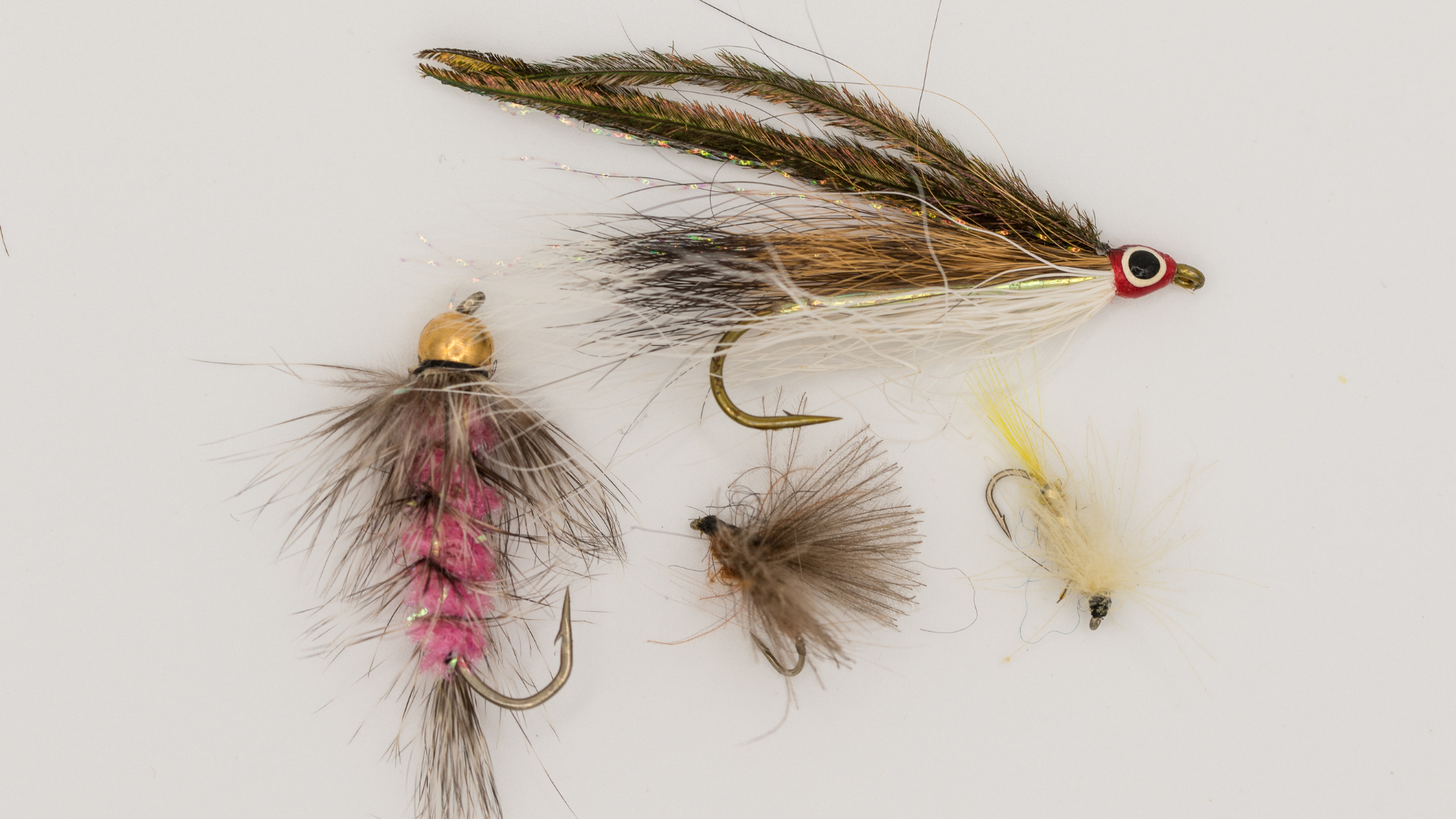Bitterroot River - Bell Crossing - Montana
Fly Fishing River Report & Conditions
Bitterroot River – Bell Crossing - Water Flow Chart
Bitterroot River – Bell Crossing - Weather report & radar
Bitterroot River – Bell Crossing - General hatch chart
| Month | Hatch | Time of Day | Recommended Fly Sizes | Popular Fly Patterns |
|---|---|---|---|---|
| January | Midge, Winter Stonefly | Afternoon | 18-20, 14-16 | Zebra Midge, Rubber Legs Stonefly |
| February | Midge, Winter Stonefly | Afternoon | 18-20, 14-16 | Zebra Midge, Rubber Legs Stonefly |
| March | Skwala, Midge, Blue Winged Olive | Afternoon | 14-16, 18-20, 16-18 | Bullet Head Skwala, Zebra Midge, BWO Sparkle Dun |
| April | Blue Winged Olive, March Brown | Morning, Afternoon | 16-18, 12-14 | BWO Sparkle Dun, March Brown Nymph |
| May | March Brown, Salmonfly | Morning, Afternoon | 12-14, 4-6 | March Brown Nymph, Hair Wing Salmon Fly |
| June | Golden Stone, Green Drake, PMD | All Day | 4-6, 10-12, 14-16 | Rogue Foam Stone, Green Drake Sparkle Dun, PMD Parachute |
| July | PMD, Yellow Sally, Spruce Moth | All Day | 14-16, 14-16, 10-12 | PMD Parachute, Yellow Sally Stimulator, Elk Hare Caddis |
| August | Hopper, Ants, Beetles | Morning, Afternoon | 6-10 | Parachute Hopper, Para Ant, Foam Beetle |
| September | Terrestrial, Mahoganies, Blue Winged Olive | Late Morning, Late Afternoon | 14-206, 12-14, 16-18 | Hopper Pattern, Mahogany Dun, BWO Sparkle Dun |
| October | Blue Winged Olive, October Caddis | Afternoon | 16-18, 12-14 | BWO Sparkle Dun, October Caddis Nymph |
| November | Midges | Morning, Night | 18-22 | Zebra Midge |
| December | Midges, Winter Stoneflies | Afternoon | 18-22, 14-16 | Zebra Midge, Rubber Legs Stonefly |
Bitterroot River – Bell Crossing Access Points
The Bitterroot River – Bell Crossing is a renowned spot for fly fishing. Here are some of the best access points:
- Bell Crossing Access Point: Located on Bell Crossing Bridge, it allows for better access to the central part of the river. Excellent spot for brown and rainbow trout.
- Victor Crossing Access Point: About 4 miles upstream, great for wade fishing. A range of fish species including cutthroats can be found here.
- Stevensville Crossing Access Point: Situated around 7 miles downstream from Bell Crossing, offers wonderful opportunities to fish among Montana’s scenic landscapes.
Note, the legal access is limited to public property between the high-water marks. Respect private property signs to move along the river bed and banks among different points.
Bitterroot River – Bell Crossing Fishing Spots
Bell Crossing, located on the Bitterroot River, is a premium site for fly fishing. The best spots vary due to seasonal shifts but some perennial favorites include:
- The large curves on the river banks. These typically harbor a profusion of fish attracting insects hence plenty of trout.
- Gravel bars and sandy islands. The trout usually feed aggressively in these spots, especially during the Mayfly and Caddisfly hatches.
- Under the overhanging trees. Cover and shade draws fish and also presents the challenge and satisfaction of making a ‘perfect’ cast.
Be sure to:
- Take note of seasonal changes which impact where fish feed. Spring is largely based on stonefly hatches while summer focuses on grasshoppers and other terrestrial insects.
- Observe the river for rising fish, a sure-fire indicator of good fishing spots.
- Adapt your tactics based on conditions and time of day. Early morning and evening commonly yield the best results.
Bitterroot River – Bell Crossing Local Fish Species
- Rainbow Trout: One of the most targeted fish for fly fishing on Bitterroot River due to their high numbers and aggressive feeding.
- Cutthroat Trout: Known for their large size in Bitterroot River, they are another preferred choice for fly anglers.
- Brown Trout: They are more elusive in this area, but a good challenge makes them an attractive target.
- Mountain Whitefish: Although not as popular, fly fishing for this fish species can be a unique experience on Bitterroot River.
- Brook Trout: These fish are not as common in Bitterroot River, but can be found in some stretches, providing a good catch.
- Golden Trout: They are rare, but catching a Golden Trout is considered a trophy and a great achievement for any angler.
- Arctic Grayling: While they are not as plentiful as other species, the beauty and challenge of catching an Arctic Grayling make them a desirable pursuit.
- Bull Trout: Though it’s listed as a threatened species and requires a catch-and-release tactic, fly anglers can enjoy the thrill of catching this substantial fish in Bitterroot River.
About the Bitterroot River – Bell Crossing
The Bitterroot River – Bell Crossing is a charming stretch located in Montana’s Bitterroot Valley. This aquatic jewel carries a rich historical significance. Rich with natural resources, the valley has been home to the Salish (Flathead) and Pend d’Oreille tribes for thousands of years.
- The river’s name traces its history back to the Salish Native American tribe who called the area home. The tribe named the area after the bitterroot plant, a critical food source.
- Later, in 1805, the Lewis and Clark expedition passed through the area, bringing the Bitterroot River to national attention.
- Fast forward to the late 19th and 20th centuries, the region underwent significant changes as mining and logging industries grew, impacting both the river and the valley.
- Today, the area is a popular destination for outdoor enthusiasts who enjoy activities such as fishing, boating, and sightseeing the breathtaking beauty of the region.
Despite its dynamic history, the Bell Crossing remains an integral, serene part of the Bitterroot River, serving as a testament to nature’s resilience and beauty.
Community Contributions
Be part of the fishing community!
No updates submitted for this river.



